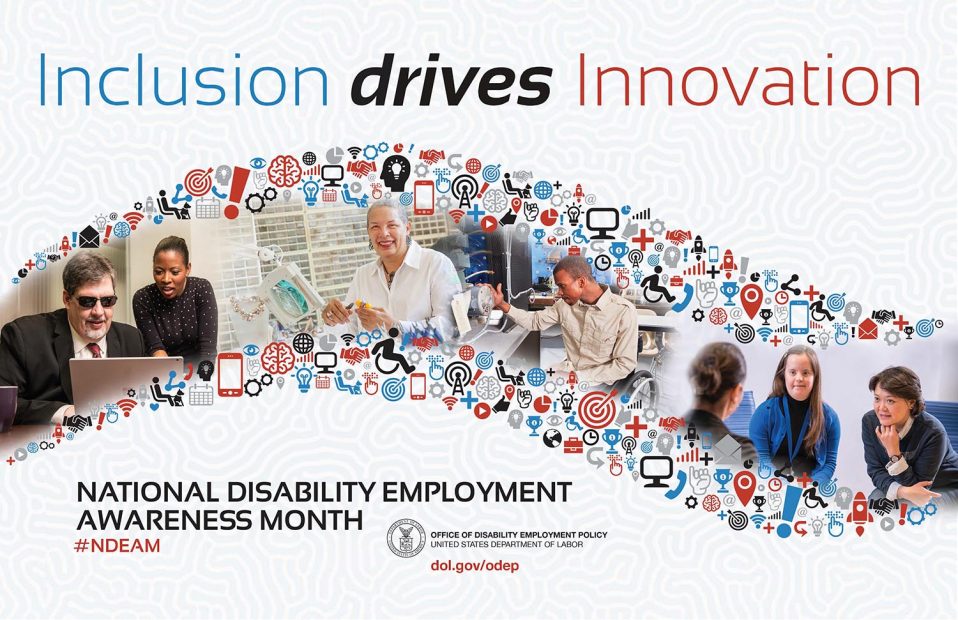Fiscal Year 2017 Annual Report Available
Carey Services’ annual report for fiscal year 2017 (July 1, 2016-June 30, 2017) is available. The report includes letters from Steve Smithley, board chair, and Jim Allbaugh, president and CEO, as well as financial reports. It also includes an overview of the agency’s service area and programming in specific counties and the agency’s many affiliations.
You can view the report by clicking here.



